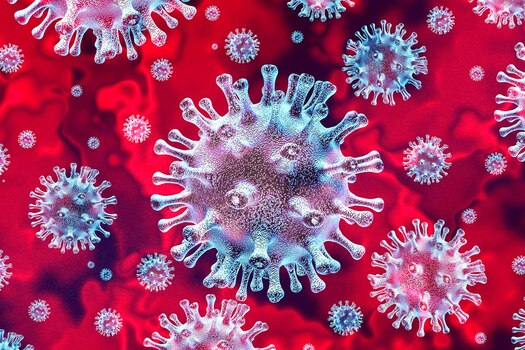WHO releases report on origins of COVID-19

April 8, 2021
The World Health Organization (WHO) released a report on March 30 regarding their investigation into the origin of COVID-19. Although their investigation was inconclusive, they were able to narrow down the possible origin to a few possibilities. The report concluded that the SARS-CoV-2 virus that causes the coronavirus infection most likely jumped to people from bats through another animal and did not come from a lab, according to Science News.
During the investigation, seventeen experts from the WHO worked alongside with seventeen Chinese scientists to test four possible COVID-19 origin scenarios. The team concluded that there are two leading scenarios, being: transmission of the virus to people directly from bats, or transmitted to humans through an intermediate animal such as a civet or raccoon dog. The other possible scenarios that were essentially ruled out include the virus being transmitted to people through contaminated frozen food and that the virus was initially spread into the community due to a lab accident.
With the report coming over a year after the beginning of the pandemic, fourteen countries, including the United States, filed a joint statement expressing concern over the reliability of the data collected. The concern stems from the delayed start and lack of access to original data and samples. Rumors that the Chinese government also had a hand in controlling the investigation such as control of the sites the team had access to as well as controlling the wording of the report.
WHO Director-General Tedros Adhanom Ghebreyesus states that all possible scenarios remain on the table and additional studies pinpointing the earliest cases of COVID-19 are required to have a definitive answer. With that being said, there are three main takeaways from the report published by the WHO. The first takeaway is that markets are the most likely source of initial transmission of the SARS-CoV-2 virus. More specifically, it is believed to have originated from one of the food markets in Wuhan, China. The second takeaway is that the coronavirus was not likely to have been widely circulating before December 2019. The third takeaway is that although the “lab-leak” hypothesis is hard to completely rule out, it appears to be unlikely.






